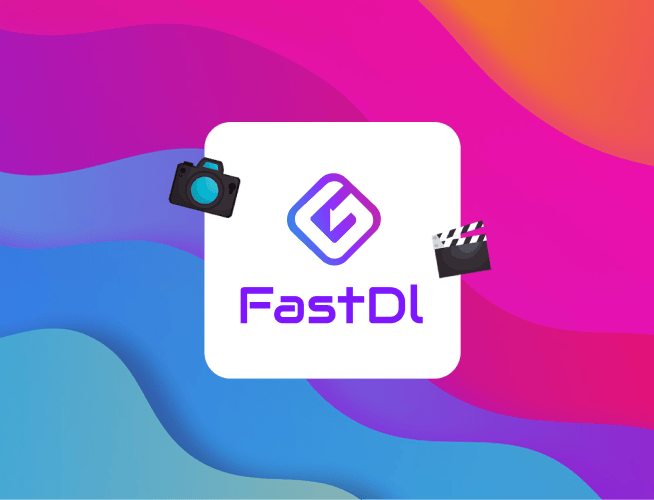S
The AVC Block List is a curated list of online domains, IP addresses, or websites that are considered harmful or inappropriate. These sites may be flagged for containing malware, inappropriate content, phishing attempts, or other security risks. The AVC (Application Visibility and Control) system uses this list to block access to such harmful websites, ensuring a safer browsing experience.
With the rise of cyber threats and malicious content, it has become more important than ever to rely on systems like the AVC Block List. It helps protect users from dangerous websites that could potentially compromise personal data or expose them to harmful content. In this post, we’ll dive deeper into how the AVC Block List works and why it’s crucial for online safety.
How Does the AVC Block List Work?
The AVC Block List operates by continuously scanning the internet for websites or IP addresses that pose a risk. These threats might come in the form of malware, phishing attacks, or sites with illegal or inappropriate content. When a user tries to access one of these flagged websites, the AVC system instantly blocks the attempt, preventing the user from being exposed to potentially harmful material.
Once a domain or IP address is detected as harmful, it is added to the AVC Block List. The list is regularly updated to ensure that all known threats are included. This continuous updating process makes the AVC Block List highly reliable for maintaining security.
Transitioning from traditional web filters to the AVC Block List is easy and can provide enhanced protection for users by focusing not only on website addresses but also on patterns of malicious behavior.
Why is the AVC Block List Important?
The AVC Block List is important because it helps maintain the safety and security of internet users. Without tools like the AVC Block List, users could easily stumble onto websites that may infect their devices with viruses, steal their personal information, or display inappropriate content.
Additionally, in business environments, protecting the company network from harmful sites is critical. Employees might inadvertently access malicious websites, putting the entire network at risk. By using the AVC Block List, businesses can ensure that these potential threats are blocked at the network level.
Benefits of Using the AVC Block List
- Improved Security
The AVC Block Lists helps in reducing the risk of being exposed to phishing, malware, or scams by blocking access to harmful websites. - Increased Productivity
For businesses, the AVC Block Lists ensures employees do not access inappropriate or distracting websites during work hours. - Enhanced User Experience
Browsing the web without fear of landing on a malicious site can lead to a better, safer experience for users. - Cost-Effective Protection
AVC Block Lists offers a cost-effective way to protect devices and networks from security threats without the need for expensive software or manual monitoring.
How to Implement the AVC Block Lists?
Implementing the AVC Block Lists is straightforward. First, you need to install an AVC system on your network. Once installed, the system automatically monitors and blocks harmful sites based on the continuously updated AVC Block Lists. Here’s how you can get started:
- Install AVC Software
Many cybersecurity solutions come with AVC capabilities. Choose a solution that fits your needs and install it on your network. - Configure Block List Settings
Once installed, configure the AVC Block List settings according to your preferences. You can adjust the level of protection and even create custom block lists. - Regularly Update the Block List
Keep your block list updated to ensure that you are always protected from the latest threats. Most systems update the list automatically, but it’s important to ensure this feature is enabled. - Monitor and Review
Regularly check reports and logs provided by the AVC system. This will give you insights into which websites are being blocked and help you identify potential security issues within your network.
Common Challenges with AVC Block Lists
While the AVC Block Lists offers great protection, there are some challenges associated with its use:
- False Positives
Occasionally, a legitimate website may be wrongly flagged and added to the block list. This can be frustrating but can be resolved by manually reviewing the list. - User Frustration
Some users might be frustrated if they cannot access certain websites that they believe are safe. Clear communication about the purpose of the block list can help mitigate this issue. - Maintaining Updates
Although the AVC Block Lists is automatically updated, it’s important to ensure your system’s settings are optimized to keep the updates flowing without interruption.
How to Bypass AVC Blocks List (and Why You Shouldn’t)
It’s tempting to try and bypass the AVC Block Lists if you think a website is safe. However, doing so opens up the possibility of inadvertently accessing harmful content. Users should always respect the block list, as it is in place to protect their security and privacy. If you believe a site is wrongly blocked, contact your network administrator to review the case instead of attempting to bypass the system.
Read more: King Von Autopsy Results: Unveiling the Truth Behind the Rapper’s Death
FAQ: AVC Block List
An AVC Blocks Lists is a list of harmful websites, domains, or IP addresses flagged by cybersecurity systems to prevent users from accessing them. The list is continuously updated to include new threats.
The AVC Block Lists protects you by blocking access to websites that contain malware, phishing scams, inappropriate content, or other threats. It prevents potential harm to your device or personal information.
Yes, many AVC systems allow administrators to create custom block lists. You can add specific domains or websites that you want to block for added security.
While it is technically possible to bypass the AVC Block Lists, it is not recommended. Bypassing the list opens you up to potential risks, as it is designed to protect you from harmful sites.
The AVC Block Lists is regularly updated, often several times a day, to ensure it includes the latest threats. Most systems automatically pull the latest updates from the provider.
Conclusion
The AVC Block List is a crucial tool for maintaining online safety and security. Whether you’re an individual user or a business, implementing an AVC system ensures that harmful websites are blocked before they can cause any damage. By using the AVC Block List, you not only protect yourself but also help create a safer internet for everyone.








